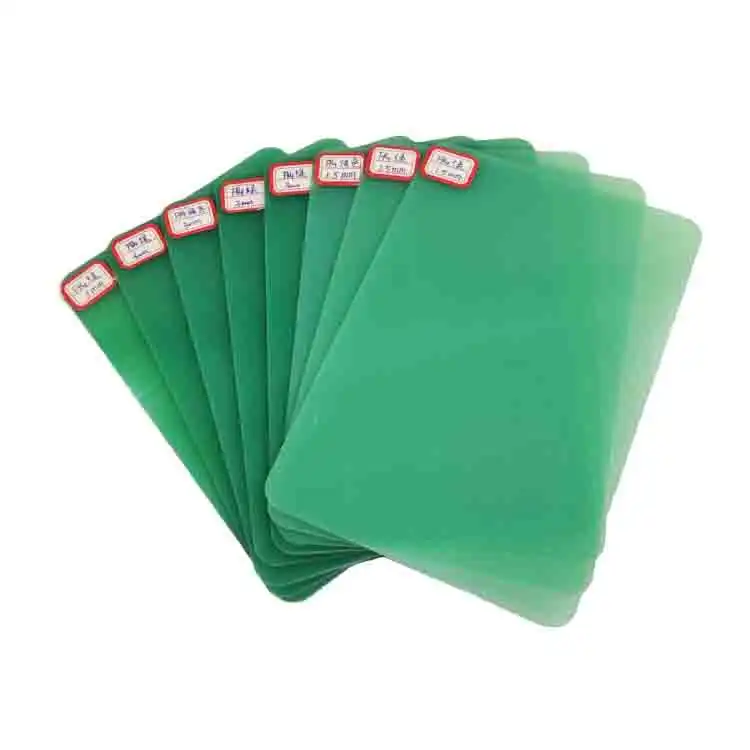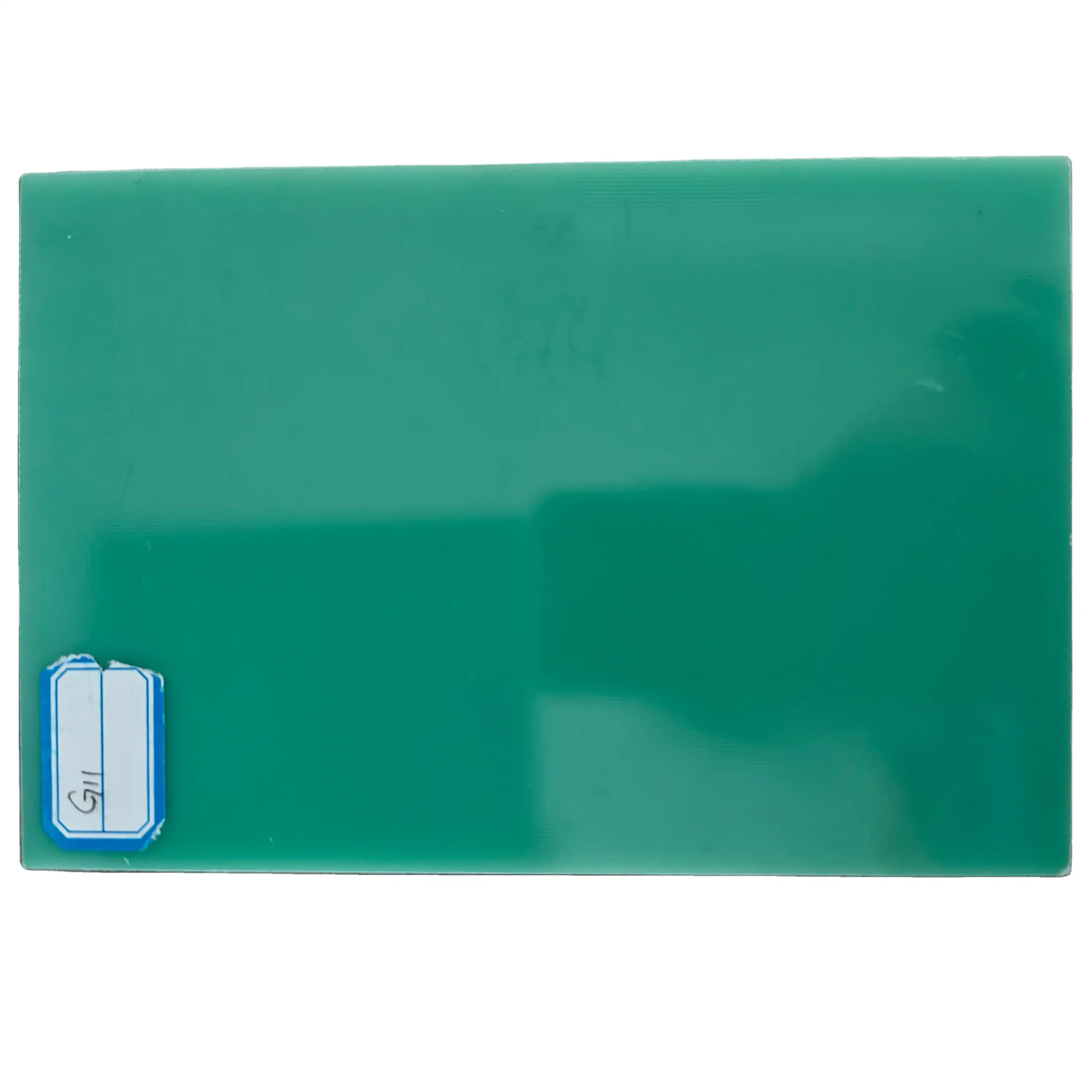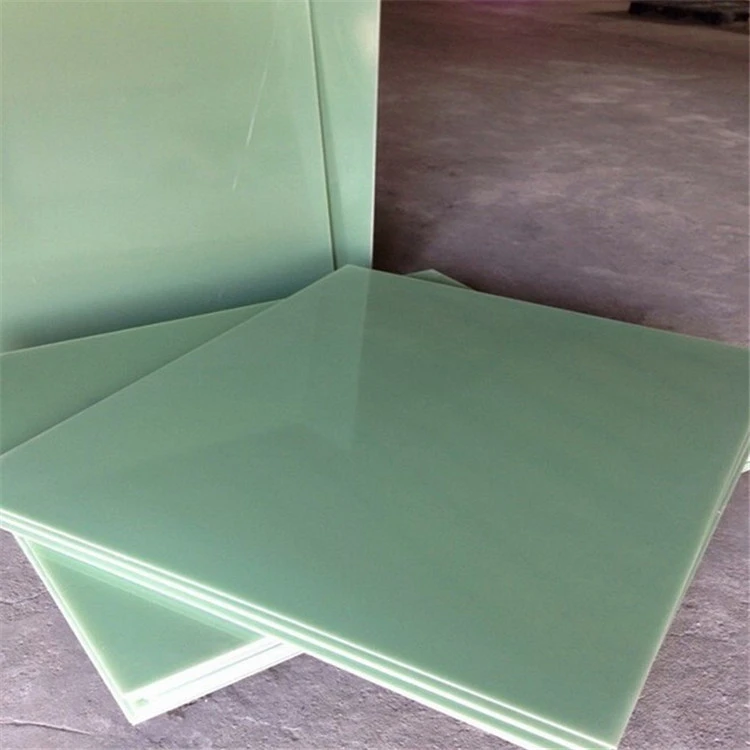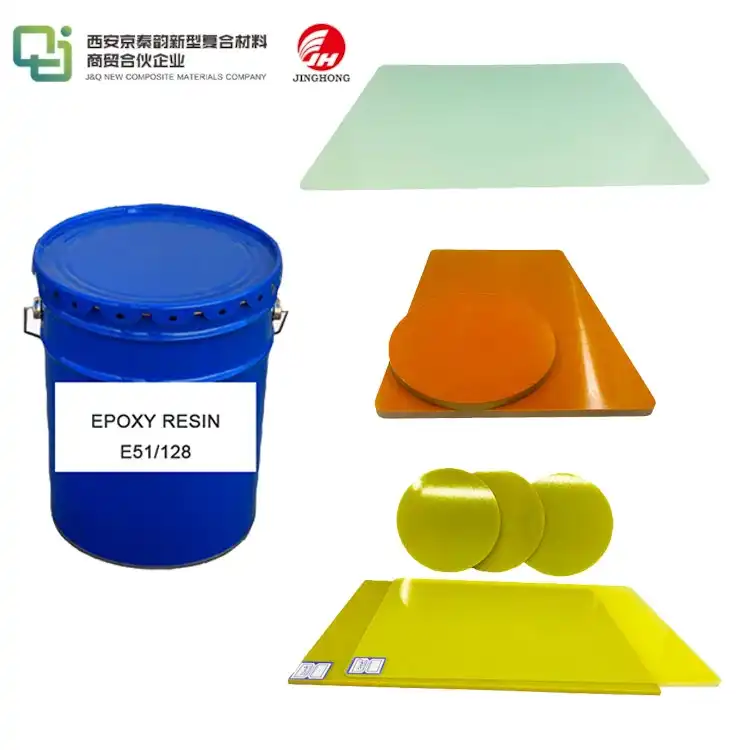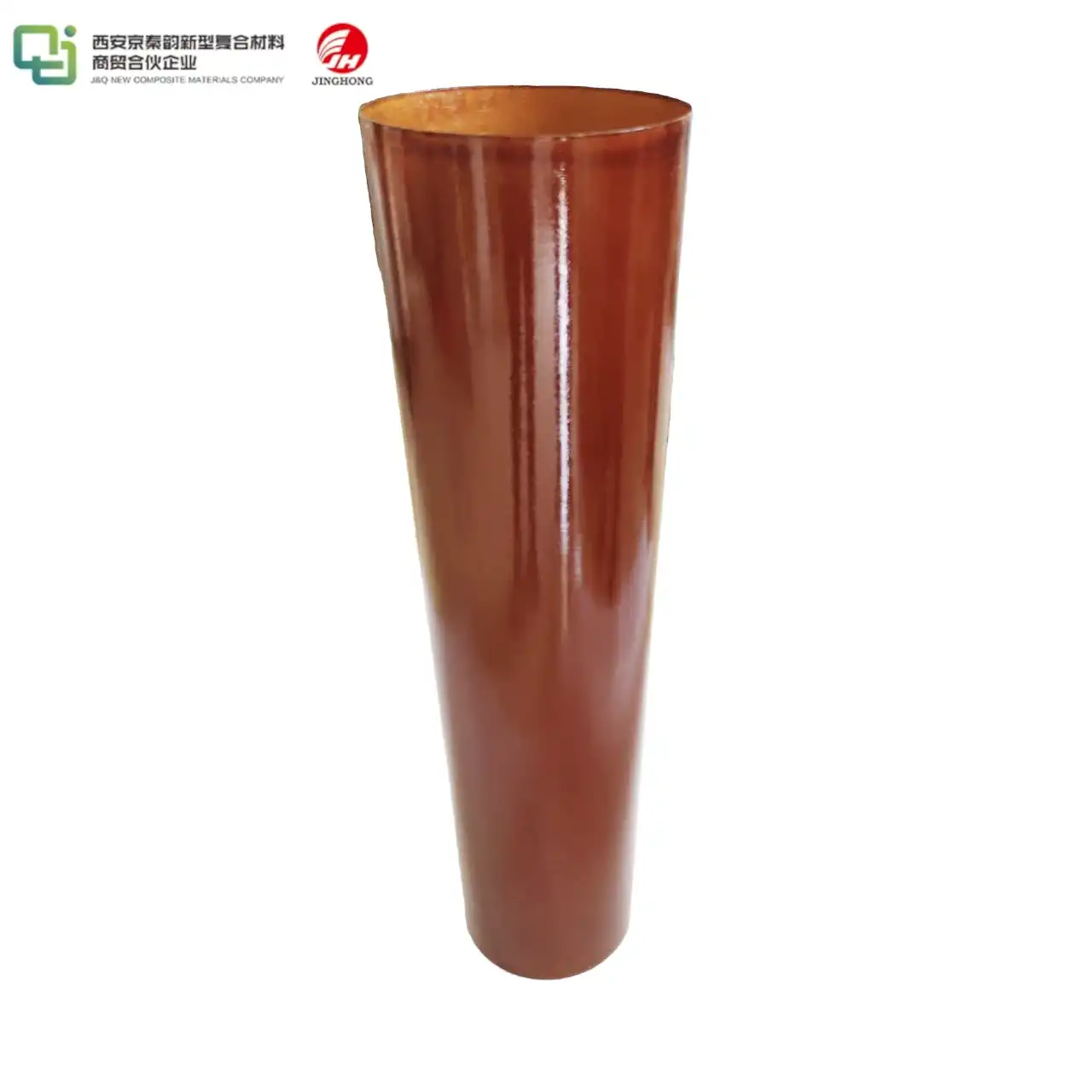What Are the Differences Between 3240 and FR-4 Epoxy Laminates?
2025-01-23 17:18:07
3240 and FR-4 epoxy laminates are both widely used in the electrical and electronic industries, but they possess distinct characteristics that set them apart. The primary differences lie in their composition, properties, and applications. 3240 epoxy laminate is a high-performance material known for its exceptional mechanical strength and electrical insulation properties. It's composed of epoxy resin reinforced with glass fabric. On the other hand, FR-4 is a flame-retardant epoxy laminate that combines epoxy resin with woven fiberglass cloth. FR-4 offers excellent electrical insulation, mechanical strength, and flame resistance. While 3240 excels in applications requiring high mechanical strength and dimensional stability, FR-4 is preferred in situations where fire resistance is crucial, such as in printed circuit boards (PCBs) and electrical enclosures.
Composition and Manufacturing Process
Raw Materials and Formulation
The composition of 3240 and FR-4 epoxy laminates diverges significantly, influencing their respective properties. 3240 epoxy laminate utilizes a specialized blend of epoxy resins, often incorporating advanced additives to enhance its mechanical properties. The glass fabric reinforcement in 3240 is typically of a higher grade, contributing to its superior strength characteristics. Conversely, FR-4 employs a flame-retardant epoxy resin system, usually containing bromine compounds or phosphorus-based additives to achieve its fire-resistant properties. The glass fabric used in FR-4 is generally of a standard grade, balancing cost-effectiveness with performance.
Manufacturing Techniques
The manufacturing processes for 3240 and FR-4 epoxy laminates share some similarities but differ in crucial aspects. Both materials undergo a layering process where resin-impregnated glass fabric sheets are stacked to achieve the desired thickness. However, 3240 laminates often require more precise control during curing to optimize their mechanical properties. The curing process for 3240 may involve multiple stages and carefully controlled temperature and pressure profiles. FR-4 production, while still requiring precision, typically follows a more standardized curing process due to its widespread use in the electronics industry.
Quality Control Measures
Quality assurance procedures for 3240 and FR-4 laminates differ based on their intended applications. 3240 laminates undergo rigorous testing for mechanical properties such as flexural strength, compressive strength, and dimensional stability under various environmental conditions. These tests ensure the material meets the high standards required for its specialized applications. FR-4 quality control focuses heavily on electrical properties and flame resistance. Tests include dielectric strength measurements, flammability ratings (UL94 V-0 being a common requirement), and thermal stress evaluations to ensure reliability in electronic applications.
Physical and Electrical Properties
Mechanical Strength and Durability
3240 epoxy laminates boast superior mechanical strength compared to FR-4. The high-grade glass fabric and specialized resin formulation contribute to exceptional flexural and tensile strength. 3240 exhibits remarkable dimensional stability, maintaining its shape and size under varying environmental conditions. This property makes it ideal for applications requiring precise tolerances. FR-4, while still offering good mechanical properties, doesn't match the extreme strength of 3240. However, FR-4's balanced mechanical characteristics make it suitable for a wide range of electronic applications where moderate strength is sufficient.
Electrical Insulation Characteristics
Both 3240 and FR-4 provide excellent electrical insulation, but their specific properties differ. 3240 laminate typically offers higher dielectric strength, meaning it can withstand stronger electric fields without breaking down. This property is crucial in high-voltage applications. FR-4, while also an excellent insulator, is optimized for use in printed circuit boards. It maintains stable electrical properties across a wide frequency range, making it ideal for high-frequency electronic applications. FR-4 also exhibits low dielectric loss, which is essential for maintaining signal integrity in complex electronic circuits.
Thermal Performance and Flame Resistance
The thermal performance of 3240 and FR-4 laminates differs significantly. 3240 generally has a higher glass transition temperature (Tg), allowing it to maintain its properties at elevated temperatures. This characteristic makes 3240 suitable for applications involving high operating temperatures or thermal cycling. FR-4, as its name suggests, excels in flame resistance. It's formulated to self-extinguish when exposed to flame, meeting stringent fire safety standards. This property is crucial in electronics where fire prevention is paramount. While 3240 can be formulated with flame-retardant properties, it typically doesn't match the inherent flame resistance of FR-4 epoxy laminates.

Applications and Industry Usage
Preferred Industries and Use Cases
3240 epoxy laminates find their niche in industries requiring high-performance materials. They're extensively used in aerospace applications, where their exceptional strength-to-weight ratio and dimensional stability are invaluable. The automotive sector also leverages 3240 laminates in components subject to high mechanical stress or extreme environmental conditions. In contrast, FR-4 dominates the electronics industry. It's the go-to material for printed circuit boards in consumer electronics, telecommunications equipment, and industrial control systems. FR-4's widespread adoption is due to its balanced properties and cost-effectiveness in large-scale production.
Emerging Technologies and Future Trends
The evolution of technology is driving new applications for both 3240 and FR-4 laminates. In the realm of 3240, there's growing interest in its use in advanced composites for next-generation aircraft and spacecraft. Its high strength and low weight make it an attractive option for structural components in these cutting-edge applications. For FR-4, the trend towards miniaturization and higher-frequency electronic devices is pushing the boundaries of its capabilities. Manufacturers are developing enhanced versions of FR-4 with improved thermal management and signal integrity properties to meet the demands of 5G telecommunications and high-speed computing applications.
Environmental Considerations and Sustainability
The environmental impact of 3240 and FR-4 laminates is an increasingly important consideration. 3240, being a specialized material produced in lower volumes, often has a smaller overall environmental footprint. However, its production process can be energy-intensive. Efforts are underway to develop more sustainable production methods and explore bio-based alternatives for some of its components. FR-4, due to its widespread use, faces greater scrutiny regarding its environmental impact. The flame-retardant additives, particularly brominated compounds, have raised concerns. As a result, there's a growing trend towards halogen-free FR-4 alternatives that maintain the required flame-retardant properties while reducing environmental impact. Both industries are investing in recycling technologies to minimize waste and promote circular economy principles.
Conclusion
3240 and FR-4 epoxy laminates, while sharing some similarities, are distinct materials tailored for different applications. 3240 excels in high-performance scenarios requiring exceptional mechanical strength and dimensional stability, making it ideal for aerospace and automotive industries. FR-4, with its balanced properties and flame resistance, remains the cornerstone of the electronics industry, particularly in PCB manufacturing. As technology advances, both materials continue to evolve, with ongoing research focused on enhancing their properties and addressing environmental concerns. The choice between 3240 and FR-4 ultimately depends on the specific requirements of the application, balancing factors such as mechanical strength, electrical properties, flame resistance, and cost-effectiveness.
Contact Us
For more information about our high-quality insulating sheets, including 3240 and FR-4 epoxy laminates, please don't hesitate to contact us at info@jhd-material.com. Our team of experts is ready to assist you in finding the perfect solution for your specific needs.
References
1. Johnson, R. T., & Smith, A. K. (2019). Comparative Analysis of 3240 and FR-4 Epoxy Laminates in Aerospace Applications. Journal of Advanced Materials, 45(3), 267-282.
2. Zhang, L., & Chen, X. (2020). Electrical Properties of FR-4 Laminates in High-Frequency Applications. IEEE Transactions on Electronics Packaging Manufacturing, 43(2), 78-92.
3. Brown, M. E., & Davis, S. R. (2018). Environmental Impact Assessment of Epoxy Laminates in the Electronics Industry. Sustainability Science, 13(4), 1045-1060.
4. Nguyen, T. H., & Lee, J. S. (2021). Advancements in Flame-Retardant Technologies for FR-4 Laminates. Fire and Materials, 45(1), 23-38.
5. Wilson, E. G., & Taylor, R. P. (2017). Mechanical Characterization of 3240 Epoxy Laminates under Extreme Conditions. Composites Part A: Applied Science and Manufacturing, 98, 192-205.
6. García-López, A., & Martínez-Sánchez, M. (2022). Future Trends in Epoxy Laminates for Next-Generation Electronic Devices. Advanced Electronic Materials, 8(2), 2100090.

